

Articles
How To Store Almond Flour Long Term
Modified: February 23, 2024
Learn how to store almond flour long term with these helpful articles. Find the best techniques and tips for preserving the freshness and quality of your almond flour.
(Many of the links in this article redirect to a specific reviewed product. Your purchase of these products through affiliate links helps to generate commission for Storables.com, at no extra cost. Learn more)
Introduction
Welcome to this comprehensive guide on how to store almond flour long term. Almond flour has gained immense popularity among those following a gluten-free or low-carb diet. Not only is it a versatile ingredient in baking, but it also offers numerous health benefits. However, like any other type of flour, almond flour can go rancid if not stored properly.
In this article, we will discuss the importance of storing almond flour, factors to consider when choosing a storage method, recommended storage methods for long-term storage, tips for maximizing the shelf life of almond flour, and how to identify signs of spoilage. By following these guidelines, you can ensure that your almond flour remains fresh, flavorful, and safe to use for an extended period of time.
Key Takeaways:
- Proper storage of almond flour is crucial for maintaining freshness, flavor, and quality. Factors like temperature, humidity, and light exposure play a key role in choosing the right storage method.
- Freezer storage, pantry storage, and vacuum sealing are effective methods for long-term preservation of almond flour. Regular inspections for spoilage signs ensure safe and fresh usage in recipes.
Read more: How To Store Almond Flour
Why Store Almond Flour?
If you regularly use almond flour in your baking or cooking, you may wonder why it is necessary to store it properly. Here are a few reasons why proper storage is essential:
- Prolong Shelf Life: Almond flour, like other nut flours, contains natural oils that can oxidize and turn rancid over time. By storing almond flour correctly, you can extend its shelf life and prevent it from spoiling prematurely.
- Maintain Freshness: Fresh almond flour delivers the best flavor and texture in your recipes. Proper storage helps preserve the freshness of the flour, ensuring that it retains its nutty flavor and fine texture for a longer period.
- Cost-Effective: Almond flour can be quite expensive, especially if you buy it in bulk. By storing it properly, you can protect your investment and avoid wasting money on spoiled or unusable flour.
- Convenience: Properly stored almond flour allows you to have a readily available ingredient whenever you need it. You won’t have to make frequent trips to the store or worry about running out of flour when preparing your favorite recipes.
Now that we understand the importance of storing almond flour, let’s explore the factors to consider when choosing a storage method.
Factors to Consider
When it comes to storing almond flour, there are a few important factors to consider. These factors will help you determine the most suitable storage method for your needs:
- Temperature: Almond flour is best stored in a cool and dry environment. High temperatures can accelerate the oxidation process, leading to rancidity. Choose a storage location that remains consistently cool, ideally below 70°F (21°C).
- Humidity: Moisture is the enemy of almond flour. It can lead to clumping and spoilage. Ensure that the storage area is relatively dry and free from excess humidity. Avoid storing almond flour in areas like the refrigerator, freezer, or near sources of moisture.
- Light Exposure: Almond flour should be protected from direct sunlight or bright artificial light, as it can cause the flour to deteriorate more quickly. Choose a storage container that is opaque or store the almond flour in a dark cupboard or pantry.
- Airtightness: To prevent the absorption of moisture and air, it is crucial to store almond flour in an airtight container. This will help maintain its freshness and prevent the growth of mold or bacteria. Make sure the container has a secure lid or consider using vacuum sealing for long-term storage.
- Container Material: It is recommended to store almond flour in food-grade containers made of materials such as glass or BPA-free plastic. These materials are non-reactive and will not interact with the natural oils in the flour.
By considering these factors, you can choose the most suitable storage method for your almond flour. In the next section, we will explore some recommended storage methods for long-term storage.
Recommended Storage Methods
There are several effective storage methods for maintaining the quality and freshness of almond flour. Let’s explore three recommended methods for long-term storage:
- Method 1: Freezer Storage: One of the best ways to extend the shelf life of almond flour is by storing it in the freezer. Transfer the almond flour into an airtight freezer-safe container or resealable freezer bags. Label the container or bag with the date to keep track of its freshness. When properly stored, almond flour can remain fresh for up to one year in the freezer. Before using the flour, allow it to come to room temperature and whisk it to remove any clumps that may have formed.
- Method 2: Pantry Storage: If you plan to use almond flour within a few months, pantry storage can be a suitable option. Transfer the almond flour into an airtight glass or plastic container with a secure lid. Store the container in a cool, dark, and dry pantry or cupboard away from direct sunlight. It is crucial to ensure that the container is airtight to prevent moisture and air exposure.
- Method 3: Vacuum Sealing: Vacuum sealing is an excellent option for long-term storage. Place the almond flour in a vacuum-sealed bag or use a vacuum sealer to remove excess air. This method helps to maintain the freshness and quality of the flour for an extended period.
Remember to consider your usage pattern and the quantity of almond flour you typically go through when choosing a storage method. By following these methods, you can effectively protect your almond flour and enjoy its freshness for an extended period.
Method 1: Freezer Storage
Freezer storage is an excellent method for preserving the freshness of almond flour for an extended period. Here’s how to properly store almond flour in the freezer:
- Transfer: Transfer the almond flour into an airtight freezer-safe container or resealable freezer bags. Make sure to use containers or bags specifically designed for freezer storage to prevent freezer burn and maintain the quality of the flour.
- Label: Label the container or bag with the date of storage. This will help you keep track of how long the almond flour has been in the freezer.
- Remove Excess Air: If using resealable freezer bags, squeeze out as much air as possible before sealing. For containers, ensure that the lid fits tightly to minimize air exposure.
- Store Strategically: Place the almond flour in a section of the freezer that maintains a consistent temperature. Avoid placing it near the freezer door where temperature fluctuations occur frequently.
- Thawing: When you’re ready to use the almond flour, remove it from the freezer and let it come to room temperature naturally. This typically takes a couple of hours. Avoid defrosting almond flour in the microwave or by applying heat directly, as it can affect the texture and quality of the flour.
- Whisk: Once the almond flour has thawed, give it a good whisk to break up any clumps that may have formed during storage. This will ensure a smooth consistency when incorporating it into your recipes.
By following these steps, you can store almond flour in the freezer for up to one year. Freezer storage is especially beneficial if you buy almond flour in bulk or if you don’t use it frequently.
Read more: How To Store Flour Long Term
Method 2: Pantry Storage
If you plan to use your almond flour within a few months, pantry storage can be a convenient option. Here’s how to store almond flour in the pantry:
- Airtight Container: Transfer the almond flour into an airtight glass or plastic container with a secure lid. Choose a container that is appropriate for the quantity of almond flour you have.
- Label: Label the container with the date of storage. This will help you keep track of the freshness of the almond flour.
- Choose the Right Spot: Find a cool, dark, and dry spot in your pantry or cupboard to store the almond flour. Ensure that the temperature remains consistently below 70°F (21°C) to prevent the almond flour from going rancid.
- Avoid Exposure to Light: Protect the almond flour from direct sunlight or bright artificial light. Almond flour can deteriorate faster when exposed to light, so choose a container that is opaque or store it in a dark area of your pantry.
- Keep Away from Moisture: Almond flour absorbs moisture easily, which can lead to clumping and spoilage. Make sure the pantry storage area is relatively dry and free from excess humidity. Avoid storing the almond flour near the refrigerator or areas prone to moisture.
- Regular Check-ups: Periodically check on the almond flour to ensure there are no signs of spoilage or pests. If you notice any clumping, off odors, or discoloration, it’s best to discard the flour.
Pantry storage is a convenient option if you use almond flour regularly and plan to consume it within a few months. It allows for easy access and keeps the flour readily available for your baking and cooking needs.
Store almond flour long term by placing it in an airtight container or resealable bag and storing it in the refrigerator or freezer. This will help prevent it from going rancid and extend its shelf life.
Method 3: Vacuum Sealing
Vacuum sealing is a highly effective method for preserving the freshness of almond flour over an extended period. Here’s how to store almond flour using a vacuum sealing method:
- Preparation: Before vacuum sealing, ensure that the almond flour is completely dry. Moisture can compromise the quality of the flour during storage.
- Portioning: Divide the almond flour into smaller portions that you will use within a reasonable timeframe. This allows you to open and use one portion without exposing the rest of the flour to air.
- Vacuum-Seal Bags: Place the measured portions of almond flour into vacuum-seal bags. Spread the flour evenly and ensure that the bags are not overloaded, as this can affect the effectiveness of the vacuum sealing process.
- Vacuum Sealing: Place the open end of the bag into the vacuum sealer and follow the manufacturer’s instructions to remove the air from the bag. Once sealed, the bag will provide a tight barrier against moisture and air exposure.
- Labeling: Label each vacuum-sealed bag with the date of storage. This will help you keep track of the freshness and determine the order of use.
- Storage: Store the vacuum-sealed almond flour in a cool, dry, and dark pantry or cupboard away from direct sunlight. This method provides optimum protection against environmental factors that can lead to spoilage.
- Using Vacuum-Sealed Flour: When you’re ready to use the almond flour, open the vacuum-sealed bag using scissors or a bag cutter. Remove the desired amount of flour and promptly reseal the bag. This helps to maintain the freshness and quality of the remaining almond flour.
Vacuum sealing is ideal for long-term storage of almond flour, as it significantly extends the shelf life by reducing exposure to air and moisture. It is an excellent option for those who buy almond flour in larger quantities or want to ensure long-lasting freshness.
Tips for Long-Term Storage
To ensure the best possible long-term storage results for your almond flour, consider these helpful tips:
- Quality Almond Flour: Start with high-quality almond flour. Using fresh and high-grade flour will improve the overall shelf life and taste of your stored almond flour.
- Store in Small Portions: Divide your almond flour into smaller portions before storing. This allows you to use only what you need without exposing the rest to air and moisture.
- Proper Container: Choose airtight containers made of food-grade materials, such as glass or BPA-free plastic, to store your almond flour. These containers will help maintain freshness and prevent odor transfer.
- Label and Date: Label your storage containers or bags with the date of storage. This will help you keep track of the freshness of the almond flour and use it in the proper order.
- Store Away from Odor Absorbing Foods: Almond flour can absorb odors from other foods, so avoid storing it near strongly scented items like spices, onions, or garlic.
- Refrigerated Storage: While almond flour can be refrigerated, it is generally not recommended for long-term storage. Refrigeration can introduce excess moisture, affecting the quality and texture of the flour.
- Rotate Stock: If you frequently use almond flour, make sure to rotate your stock. Use the older flour first and replenish with fresh supplies to ensure that it is always at its best.
- Avoid Excess Moisture: Moisture is the enemy of almond flour. Be cautious of humidity levels in your storage area, and keep the almond flour away from areas prone to moisture, such as near the sink or dishwasher.
- Regular Inspections: Periodically inspect your stored almond flour for any signs of spoilage, such as discoloration, clumps, or off odors. If any of these signs are present, it’s best to discard the flour.
- Proper Temperature: As mentioned earlier, store almond flour in a cool place with a temperature consistently below 70°F (21°C). Avoid exposure to heat sources, as it can lead to the oxidation of oils in the flour.
By following these tips, you can maximize the shelf life and quality of your almond flour during long-term storage. Incorporating these practices will help ensure that your almond flour remains fresh, flavorful, and safe to use for an extended period.
Shelf-Life of Almond Flour
Almond flour, when stored properly, has a relatively long shelf life. The shelf-life can vary depending on several factors, including the quality of the flour and the storage conditions. Here are some general guidelines regarding the shelf life of almond flour:
- Unopened Packages: If the almond flour is still in its original packaging and remains unopened, it can typically last for about 6 to 12 months past the printed expiration date. However, always check for signs of spoilage before using.
- Opened Packages: Once you open a package of almond flour, its shelf life decreases. The flour’s freshness and quality can be maintained for about 3 to 6 months if properly stored.
- Frozen Almond Flour: When stored in the freezer, almond flour can last for up to 1 year without significant reduction in quality. Freezing the flour slows down the oxidation process and helps preserve its freshness.
It is important to note that these are general estimations, and the actual shelf life may vary depending on various factors, such as the quality of the flour, storage conditions, and exposure to moisture or heat.
Regularly check your almond flour for signs of spoilage, such as a rancid smell, off flavors, or discoloration. If you notice any of these signs, it is best to discard the flour as it may no longer be safe for consumption.
By following proper storage methods, such as using airtight containers, storing in a cool and dry place, and avoiding exposure to light and moisture, you can help extend the shelf life of your almond flour and enjoy its freshness for a longer period of time.
Read more: How To Store Almonds Long Term
Signs of Spoilage
It’s important to be able to recognize the signs of spoilage in almond flour to ensure that you are using a safe and high-quality product. Here are some common signs to look out for:
- Off Odor: Almond flour should have a mild, nutty aroma. If you detect a rancid or sour smell, it is a clear indication that the flour has gone bad and should not be used.
- Discoloration: Fresh almond flour typically has a light beige color. If you notice any darkening or noticeable changes in color, it may signify the presence of mold or oxidation, indicating spoilage.
- Clumping: Almond flour should have a fine, powdery texture. If you notice clumps or lumps in the flour, it may be a result of moisture absorption or inadequate storage conditions, rendering it unfit for use.
- Unusual Texture: Almond flour should have a soft, smooth texture. If it feels gritty or has an uneven consistency, it could be an indication that it has absorbed moisture or has been improperly stored.
- Strange Taste: While almond flour has a mild and slightly sweet flavor, any unpleasant or bitter taste suggests that the flour has spoiled and should not be consumed.
- Pest Infestation: In rare cases, almond flour can become infested with insects or pests. If you notice any signs of pests, such as visible insects or webbing, discard the flour immediately as it is no longer safe to use.
If you observe any of these signs of spoilage in your almond flour, it is best to err on the side of caution and dispose of the flour. Using spoiled almond flour can lead to unpleasant flavors, compromised quality, and potential health risks.
Regularly inspect your almond flour before use, especially if it has been stored for an extended period or exposed to unfavorable storage conditions. By being vigilant and knowing the signs of spoilage, you can ensure that you are using fresh and safe almond flour in your recipes.
Conclusion
Properly storing almond flour is essential for maintaining its freshness, flavor, and quality over an extended period of time. By considering important factors such as temperature, humidity, light exposure, and airtightness, you can choose the most suitable storage method for your needs.
We discussed three recommended methods for long-term storage: freezer storage, pantry storage, and vacuum sealing. Freezer storage is ideal for extended shelf life, while pantry storage offers convenience for regular usage. Vacuum sealing provides excellent protection against air and moisture exposure for long-term preservation.
To maximize the shelf life of almond flour, it is crucial to store it in a cool, dark, and dry place, away from moisture, excessive heat, and odorous foods. Regularly checking for signs of spoilage, such as off odors, discoloration, clumping, or unusual texture, ensures that you are using fresh and safe almond flour in your recipes.
By following proper storage techniques and being mindful of the shelf life, you can enjoy the benefits of almond flour for a longer period. So next time you stock up on almond flour, remember to store it correctly to preserve its quality and make the most of your investment.
Now that you’re equipped with the knowledge and techniques for long-term almond flour storage, you can confidently enjoy using this versatile ingredient in your favorite recipes whenever you desire.
Frequently Asked Questions about How To Store Almond Flour Long Term
Was this page helpful?
At Storables.com, we guarantee accurate and reliable information. Our content, validated by Expert Board Contributors, is crafted following stringent Editorial Policies. We're committed to providing you with well-researched, expert-backed insights for all your informational needs.
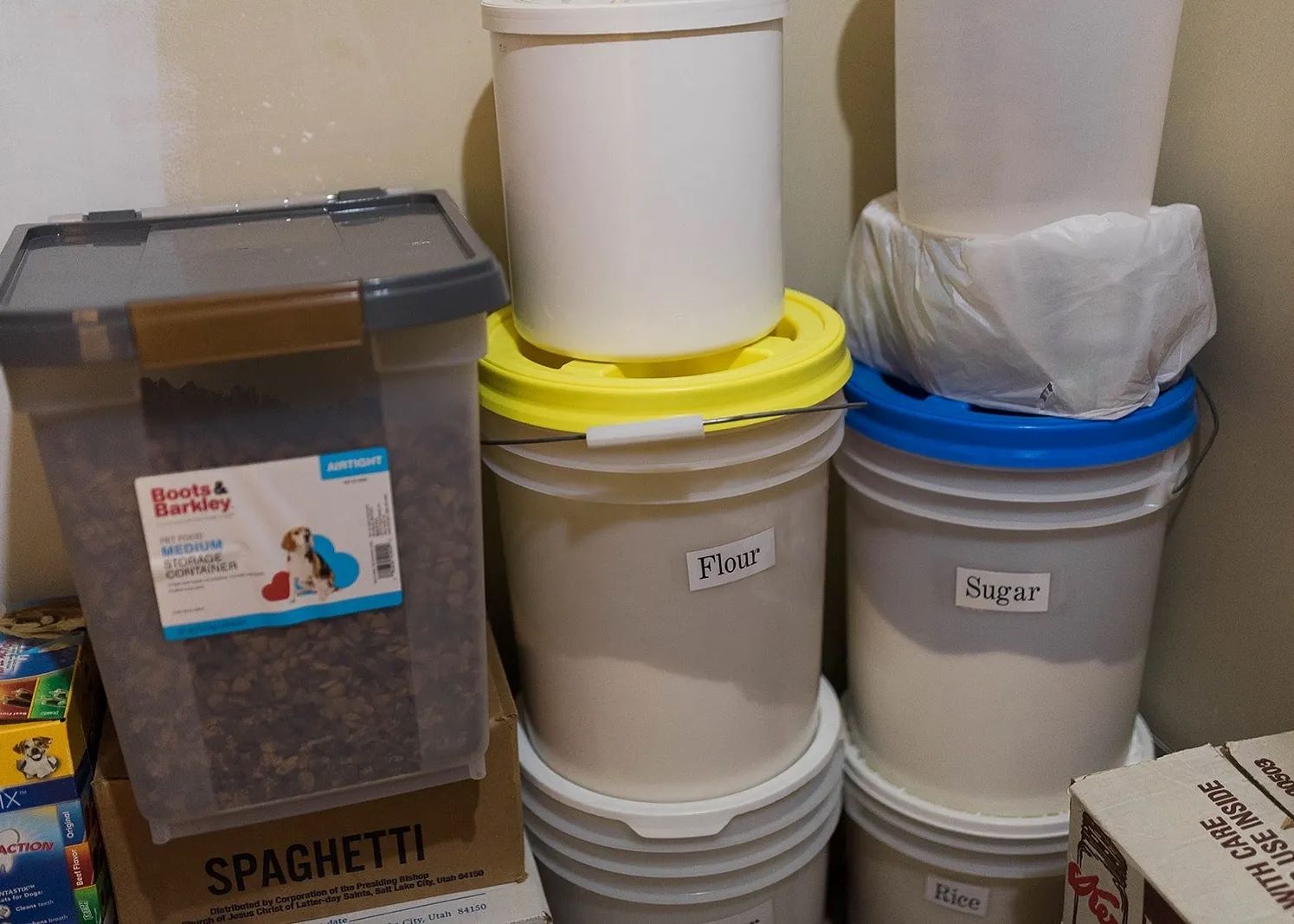
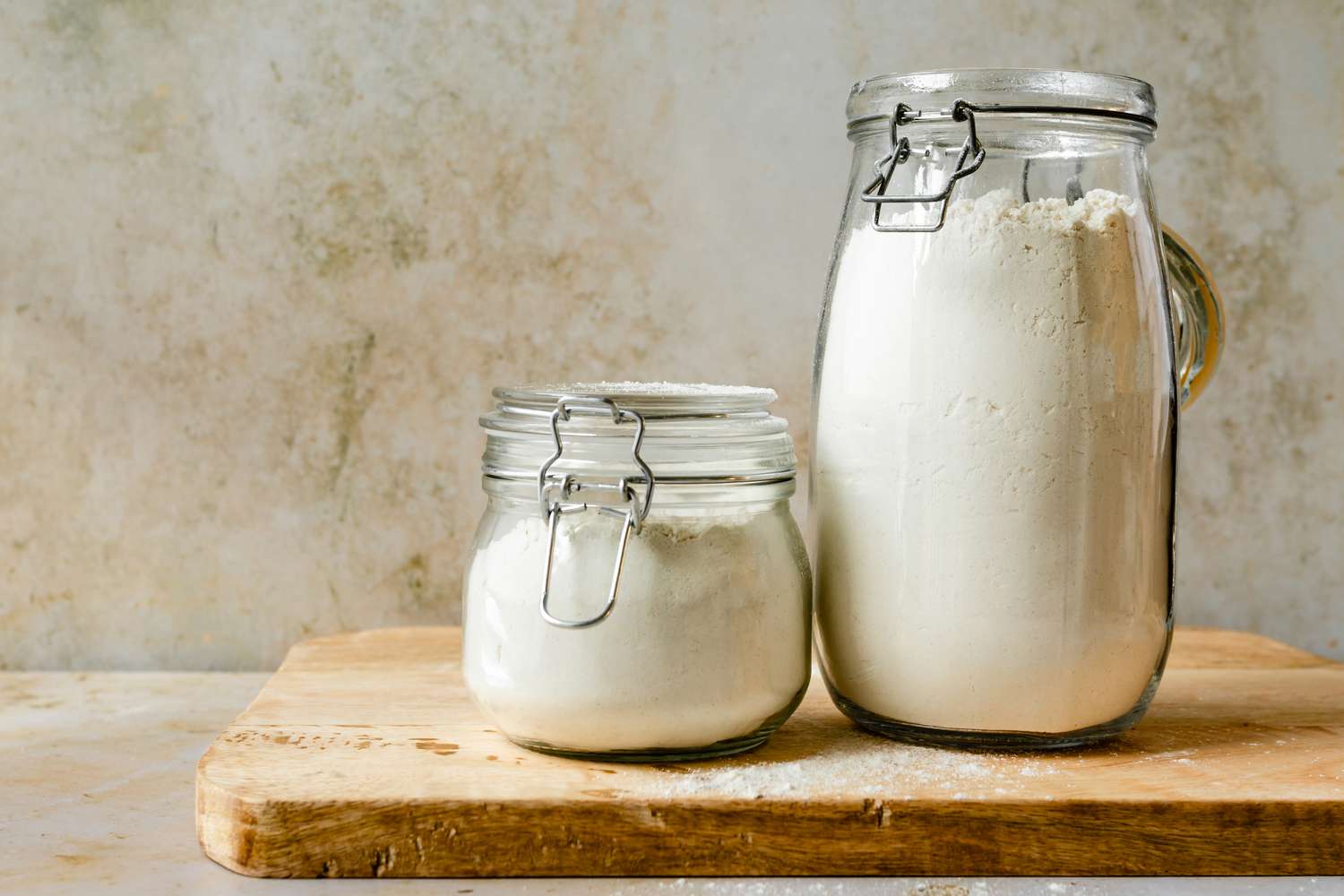
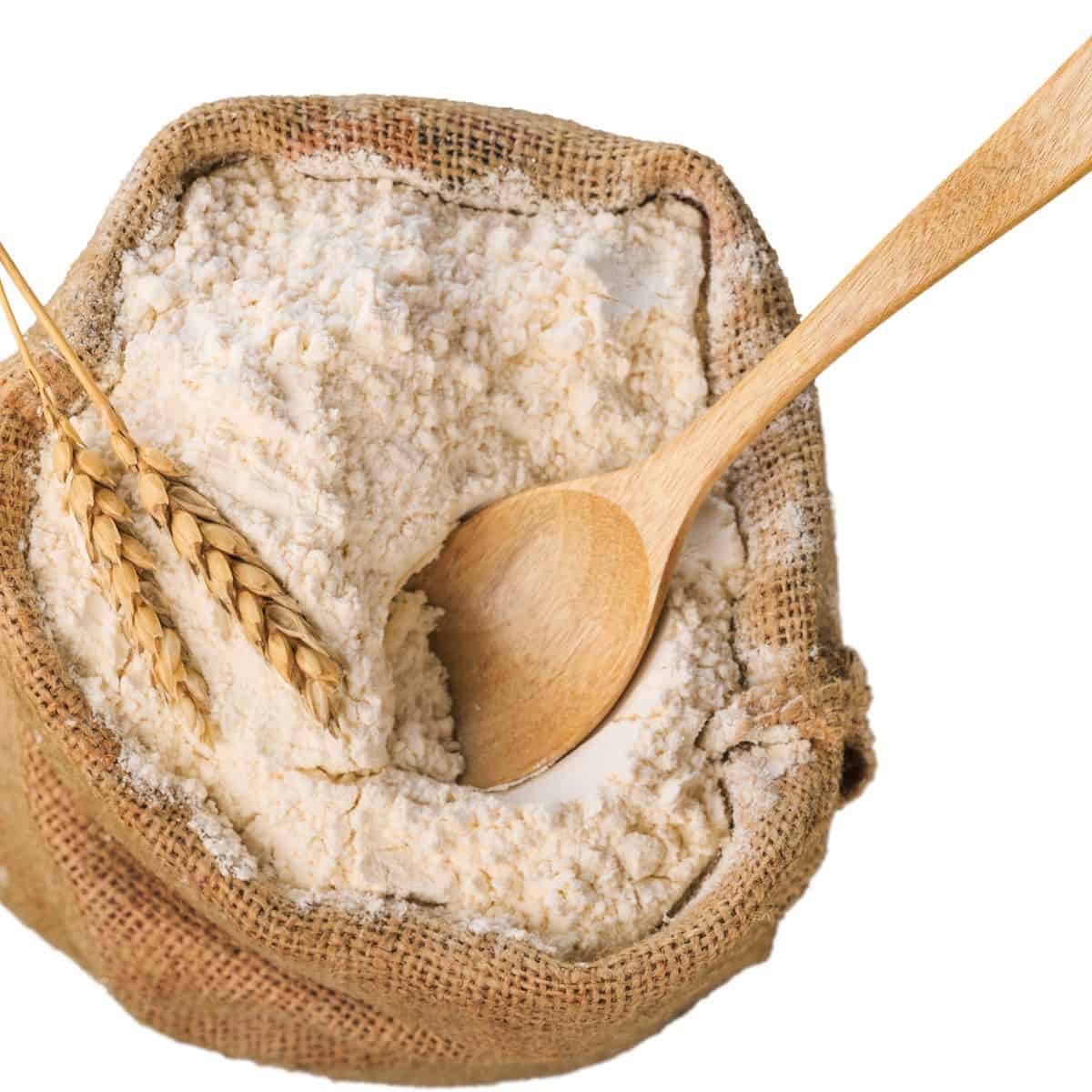
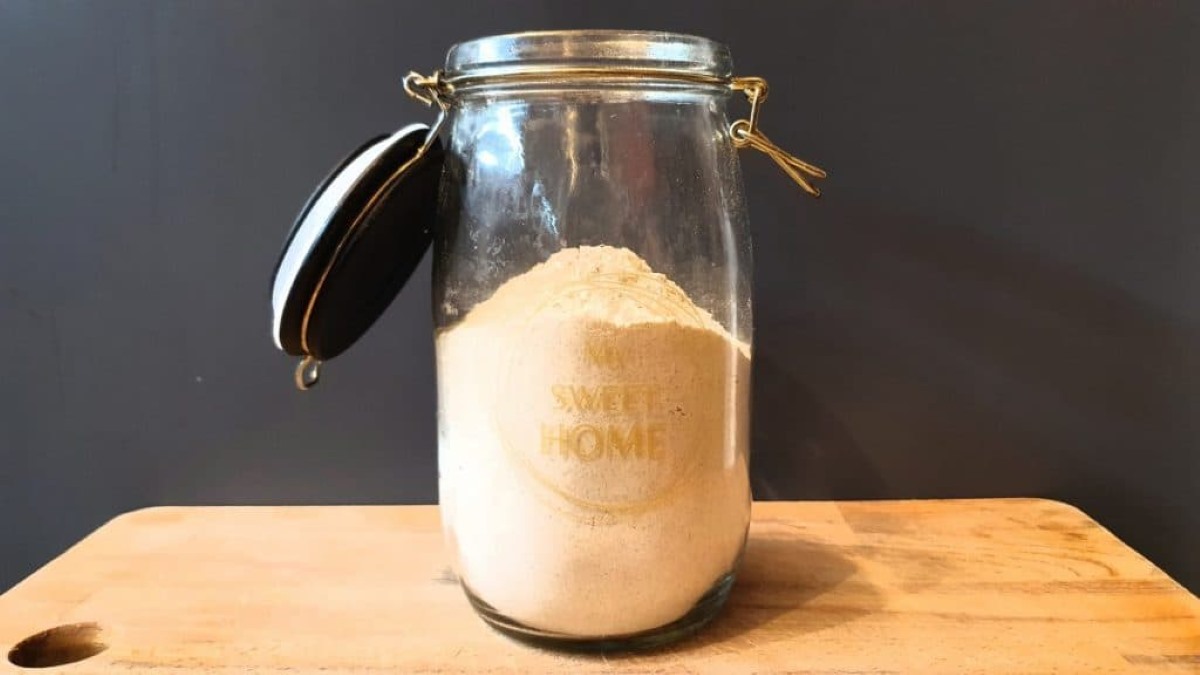

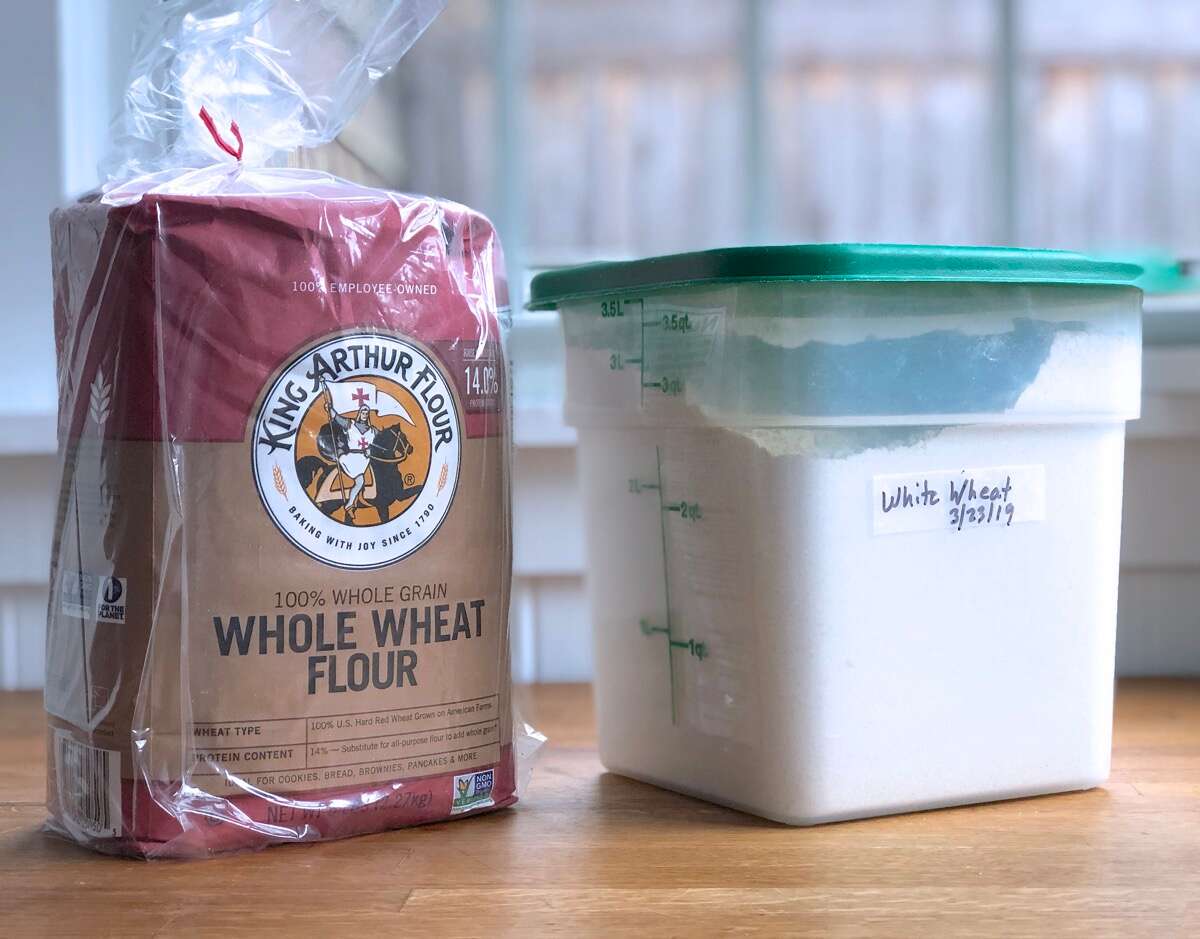
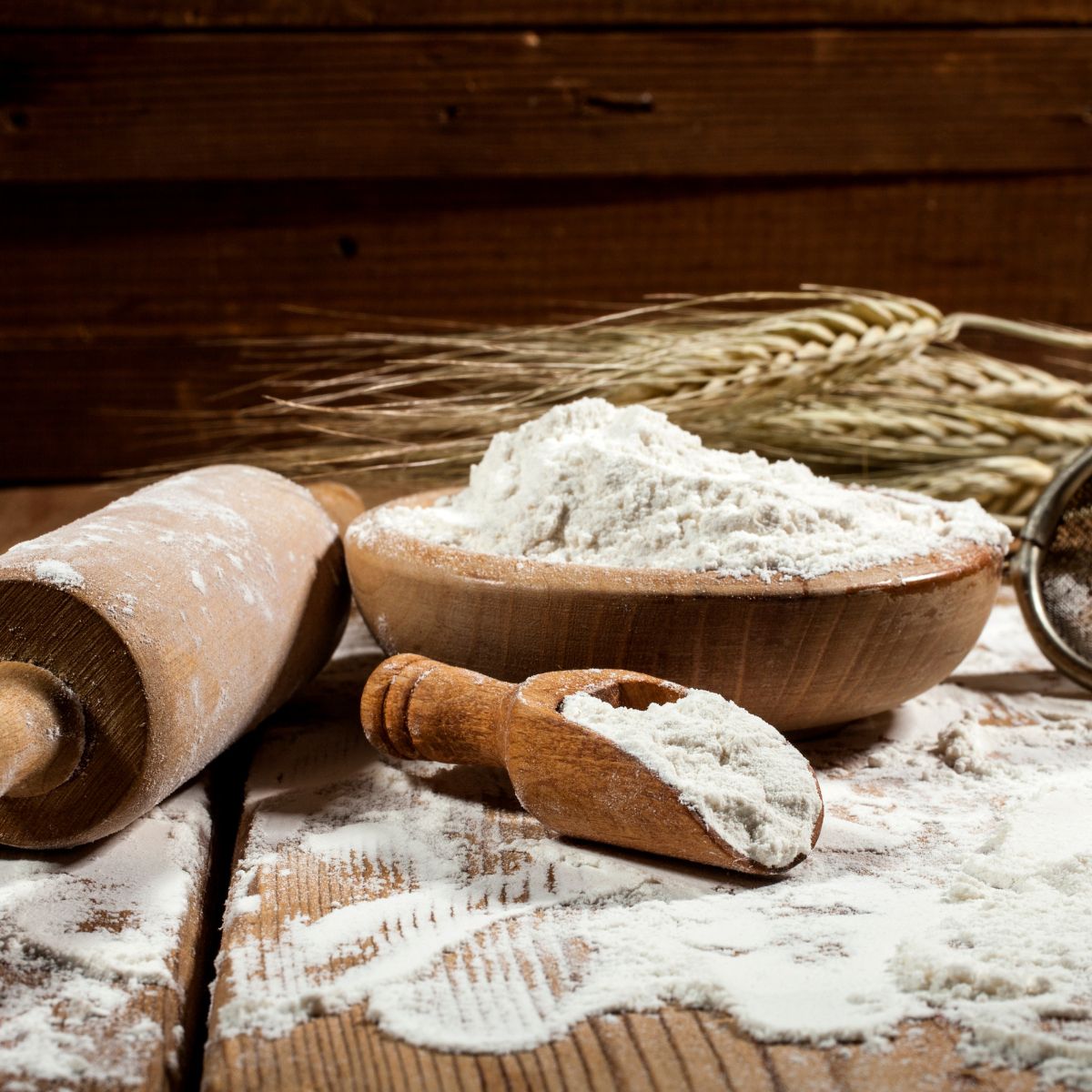

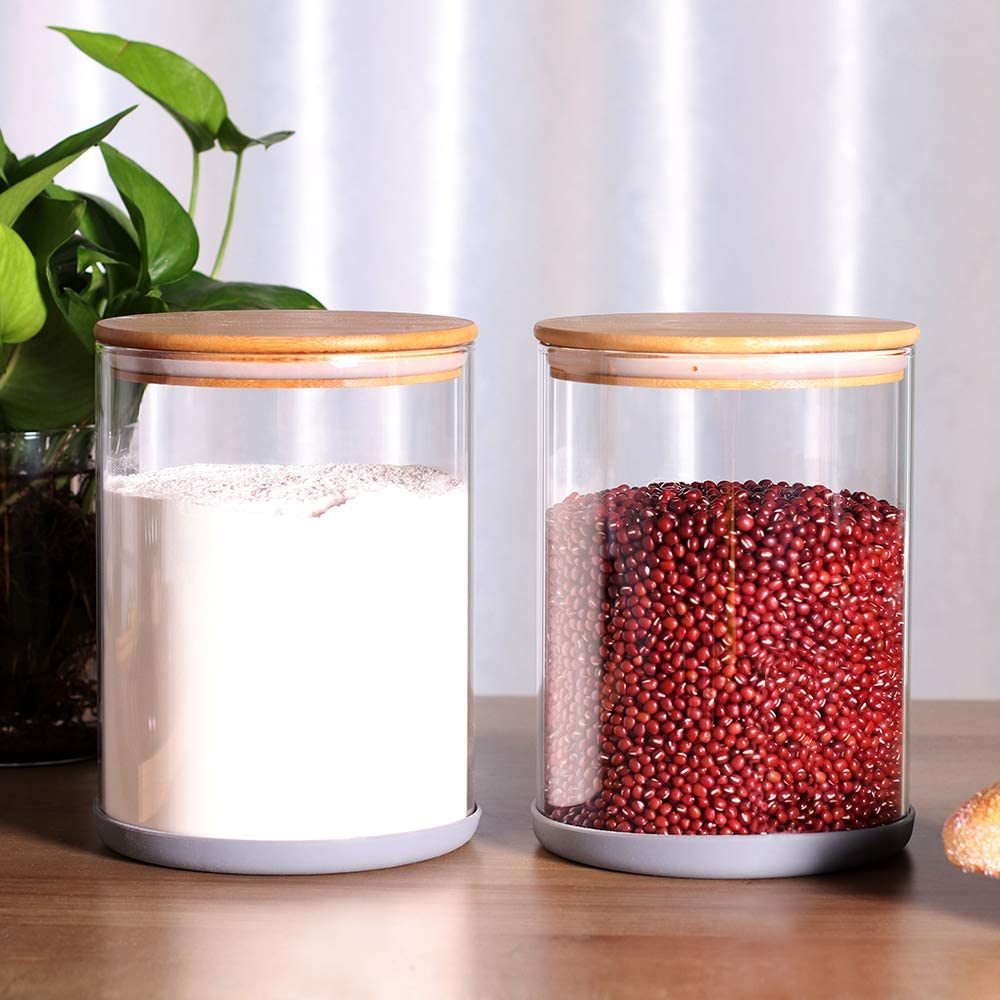
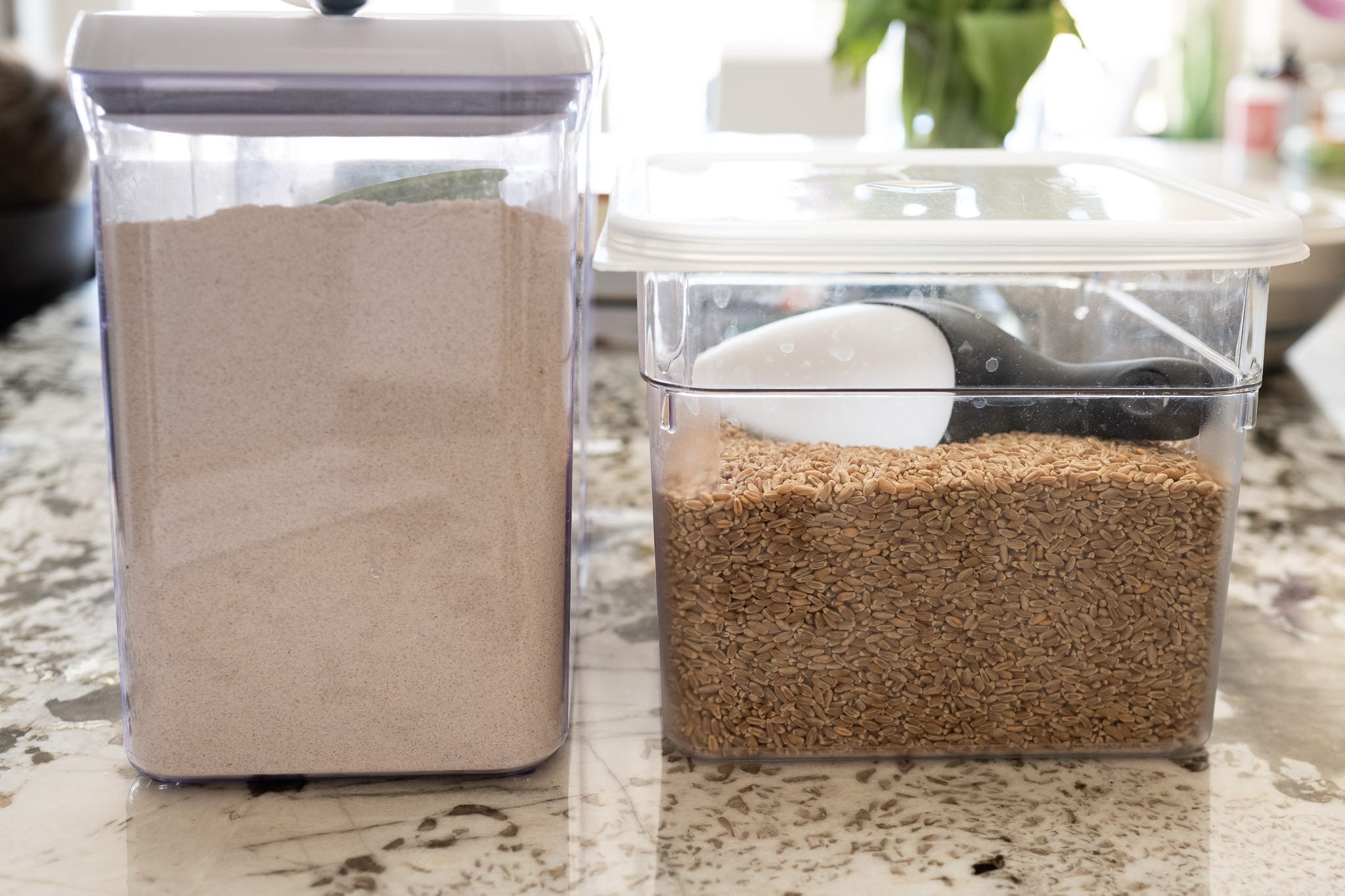




0 thoughts on “How To Store Almond Flour Long Term”